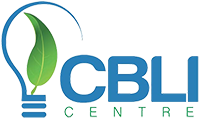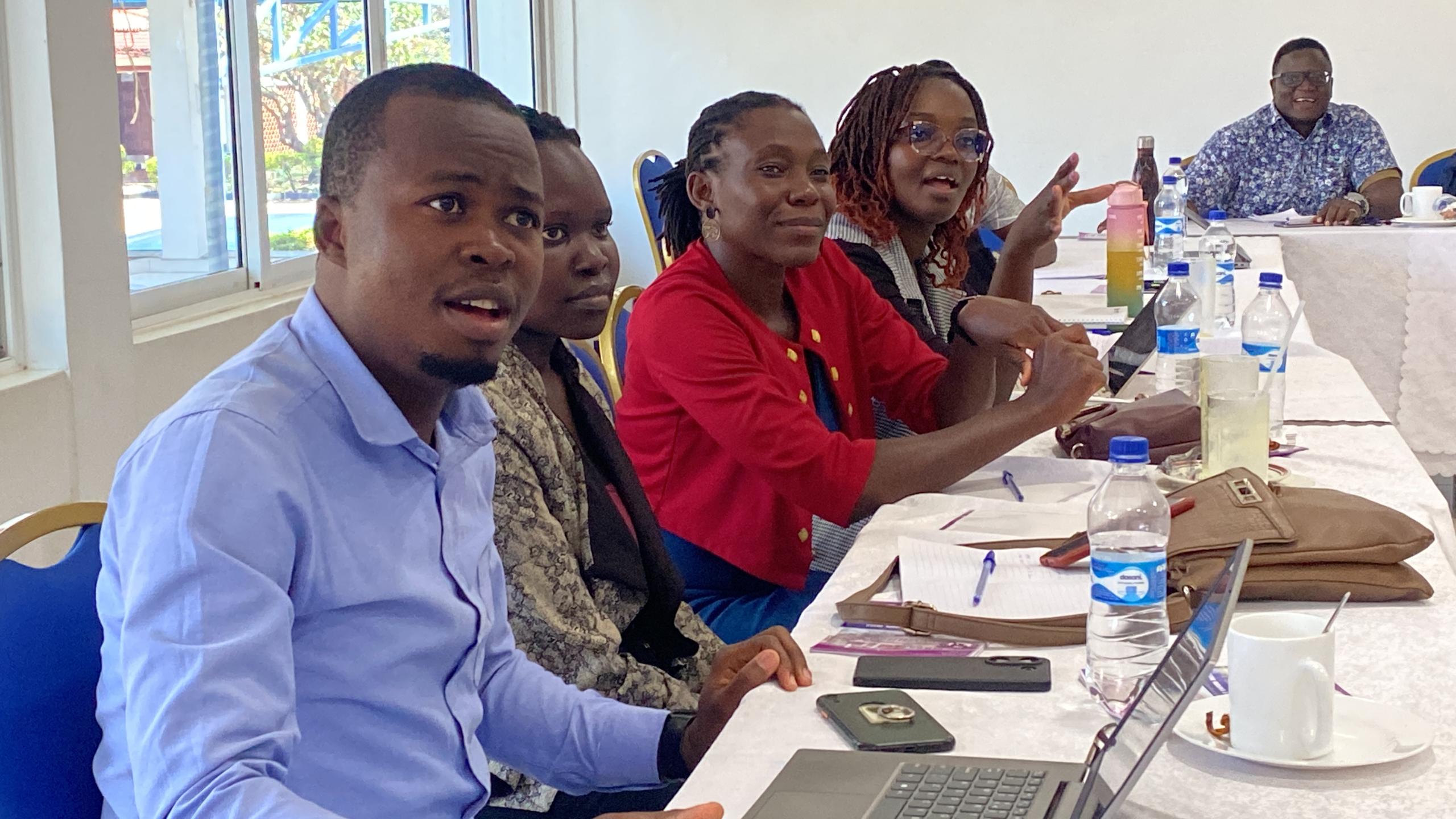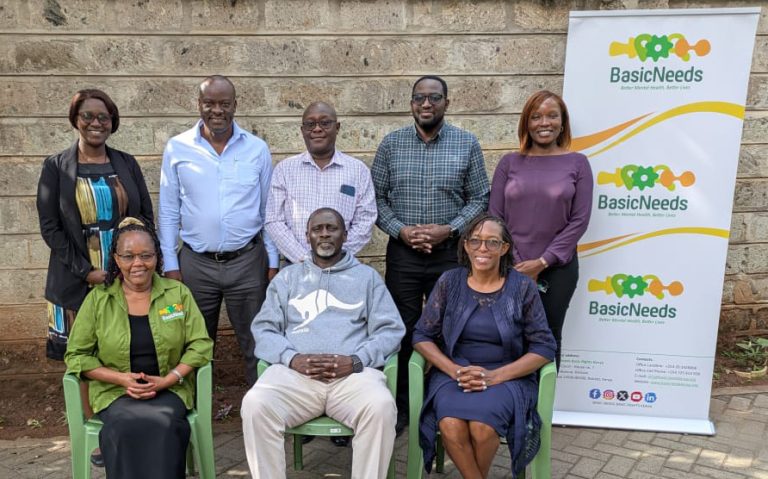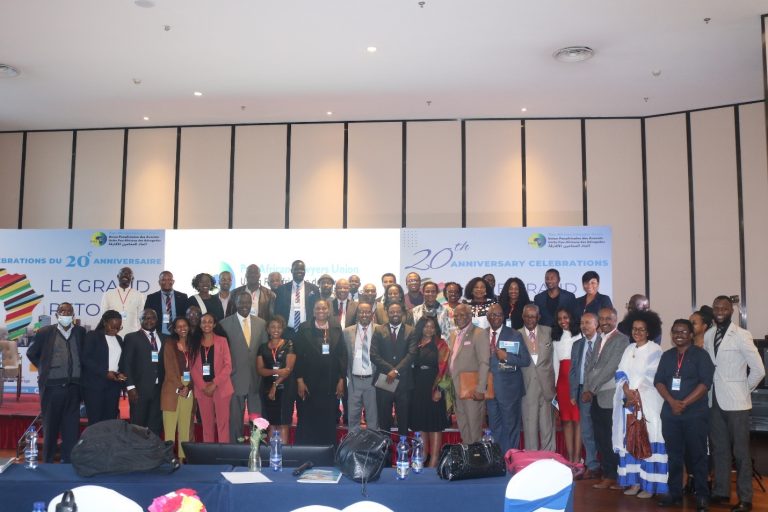Introduction
We are announcing a new leadership training for second tier leaders. This will be the seventh cohort since we started to offer this training at CBLI Centre. This nine-months course will run from February to November 2026. The cohort invite participants across East Africa.



